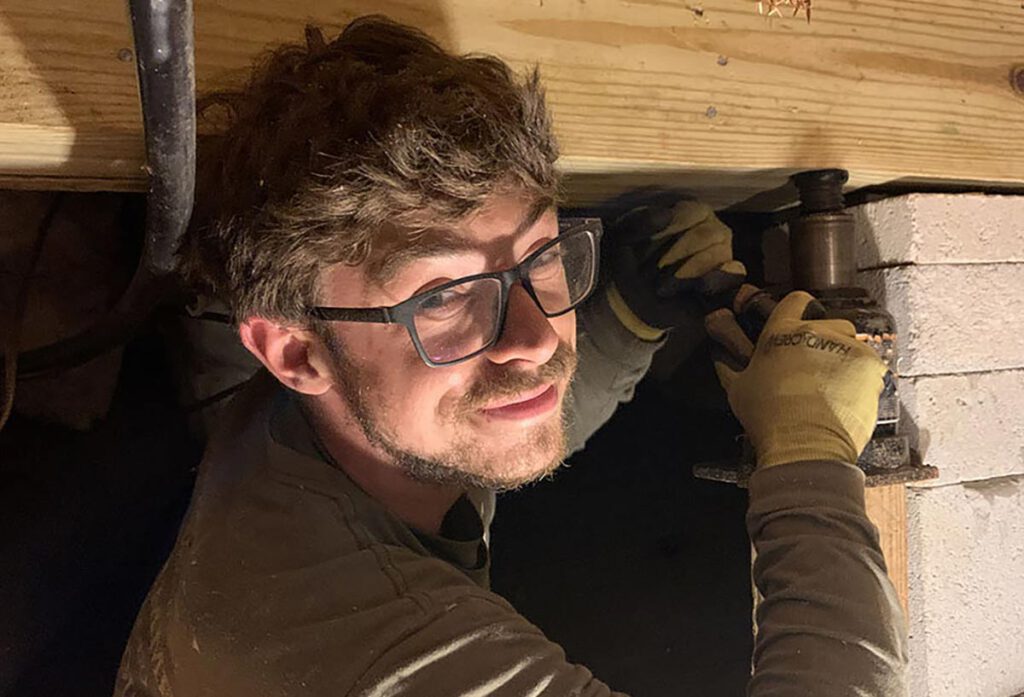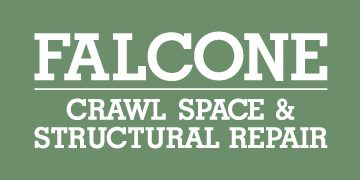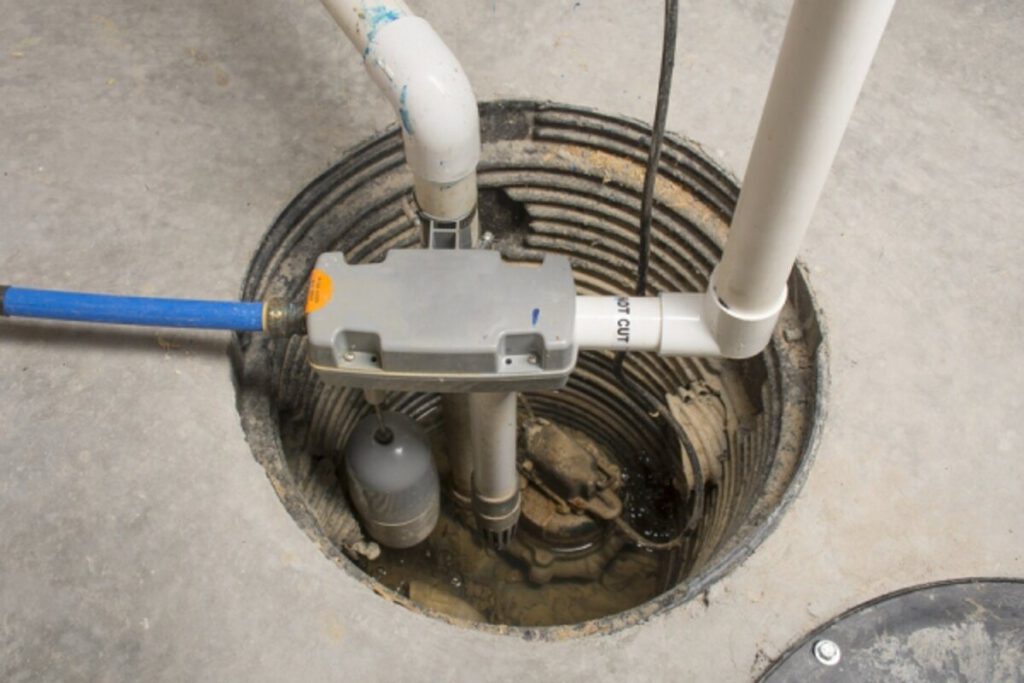What are common types of foundation and crawl space piers?

Homeowners interested in learning more about foundation and crawl space piers always benefit from understanding the important job that these supports perform. When you understand more about what these supports do, you will be better able to make informed decisions. Crawl spaces have special needs to take into account that will guide your decision. Learning more about the piers commonly used in crawl spaces is an important step.
Helical Piers Are Most Common for Crawl Spaces
Helical piers crafted of galvanized steel are among the most popular choices for lifting and stabilization in crawl spaces. One of the things that contribute to these piers’ popularity is their overall durability. When these piers are installed, they’re installed to last, even coming with a 50-year warranty. When you have helical piers installed for your crawl space, it’s important to work with professionals boasting classroom and on-site training. The best installers will have installed piers in a variety of crawl space settings, ensuring that they can handle anything involving your crawl space.
Why Are Crawl Space Piers Used?
Crawl space piers address many of the issues common to foundations. Metal beams or concrete columns are a reliable type of support for many crawl spaces. However, settling and sinking often lead to a need for piers. These piers help elevate the crawl space back to its original position and help support its weight. One of the things that contribute to the piers’ longevity is their installation below the load-bearing surface. This positioning is important because it helps prevent over-lifting. The installation process is also relatively disruption-free, which appeals to homeowners. You can find out if there is a need for you to take action about piers by checking the condition of your crawl space columns periodically. Signs of shifting or cracks are good to watch for, as well as foundation cracks outside your home.
How Can Piers Help with Foundation Issues in Your Home?
Drainage issues are common in crawl spaces without sloped floors. The solution for crawl spaces in this situation is placing beams wall-to-wall, with piers at either end. With the piers spread out, they help divide the beams into separate areas, which adds the needed rigidity. Poor drainage often leads to a lot of further problems with your crawl space and foundation overall. Some of the most common problems that indicate a crawl space that needs pier placement include:
- Gaps in the floor and walls
- Humidity
- Wood rot
Your foundation support is crucial for your home’s floors and walls. A damaged pier and beam foundation can cause shifting walls and floors. Gaps will often form, leading to further structural trouble as well as looking bad. Fixing damage to your crawl space can help prevent this problem from occurring. Humidity can lead to a lot of problems that, include wood rot. If your home uses a pier and beam foundation, it will be more vulnerable to weather conditions. North Carolina’s high humidity in the warmer months can aggravate this problem. Wood rot often occurs because of high humidity but may have other causes as well. Plumbing leaks and flooding are also common causes. Homes with pier and beam foundations may be more vulnerable to plumbing leaks because of the water line placement. The leaks can damage beams, resulting in an eventual breakdown. When you have issues with your foundation or crawl space that require attention, you’ll benefit from using experts with experience. Contact Falcone Crawl Space & Structural Repair today for help with your crawl space piers needs.


